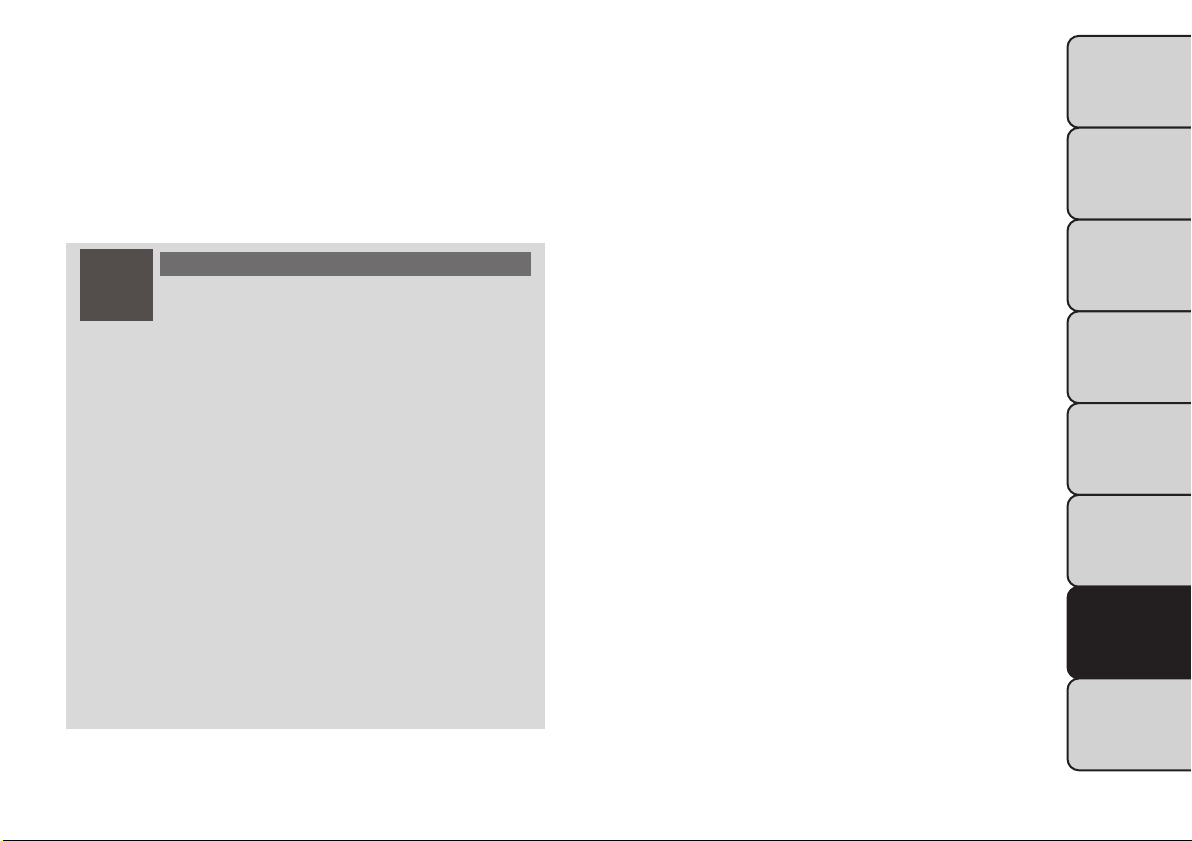Loading ...
Loading ...
Loading ...

TIRES — GENERAL INFORMATION
Tire Pressure
Proper tire inflation pressure is essential to the safe and
satisfactory operation of your vehicle. Three primary
areas are affected by improper tire pressure:
Safety
WARNING!
• Improperly inflated tires are danger-
ous and
can cause collisions.
• Under-inflation increases tire flexing and can
result in over-heating and tire failure.
• Over-inflation reduces a tire's ability to cush-
ion shock. Objects on the road and chuckholes
can cause damage that result in tire failure.
• Over-inflated or under-inflated tires can affect
vehicle handling and can fail suddenly, resulting
in loss of vehicle control.
• Unequal tire pressures can cause steering
problems.You could lose control of your vehicle.
• Unequal tire pressures from one side of the
vehicle to the other can cause the vehicle to drift
totherightorleft.
• Always drive with each tire inflated to the
recommended cold tire inflation pressure.
Economy
Improper inflation pressures can cause uneven wear
patterns to develop across the tire tread. These abnor-
mal wear patterns will reduce tread life resulting in a
need for earlier tire replacement. Under-inflation also
increases tire rolling resistance resulting in higher fuel
consumption.
Ride Comfort And Vehicle Stability
Proper tire inflation contributes to a comfortable ride.
Over-inflation produces a jarring and uncomfortable
ride. Both under-inflation and over-inflation affect the
stability of the vehicle and can produce a feeling of
sluggish response or over responsiveness in the steer-
ing.
NOTE:
• Unequal tire pressures from side to side may cause
erratic and unpredictable steering response.
• Unequal tire pressure from side to side may cause
the vehicle to drift left or right.
Tire Inflation Pressures
The proper cold tire inflation pressure is listed on the
driver's side B-Pillar or rear edge of the driver's side
door.
349
KNOWING
YOUR
VEHICLE
SAFETY
STARTING
AND
DRIVING
WARNING
LIGHTS
AND
MESSAGES
IN AN
EMERGENCY
SERVICING
AND CARE
TECHNICAL
SPECIFICATIONS
CONTENTS
Loading ...
Loading ...
Loading ...